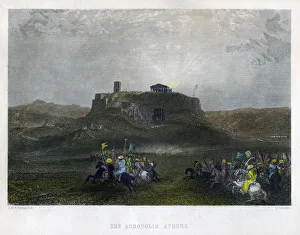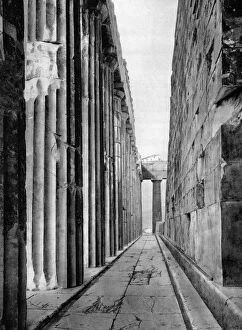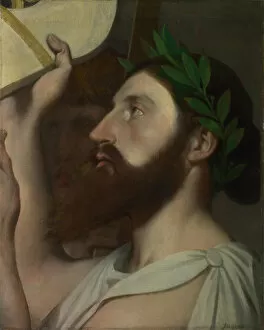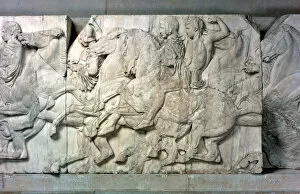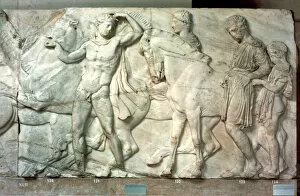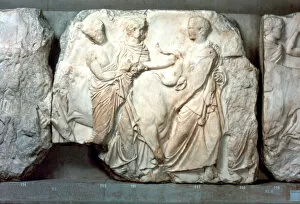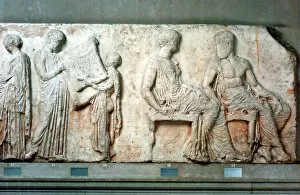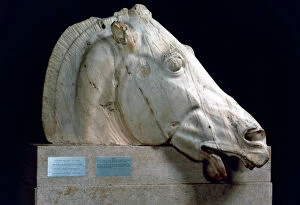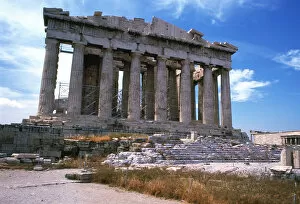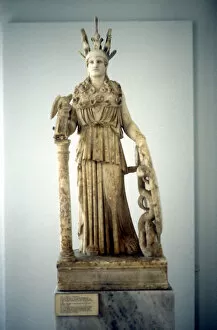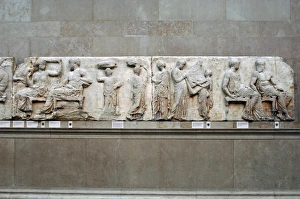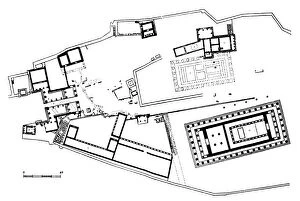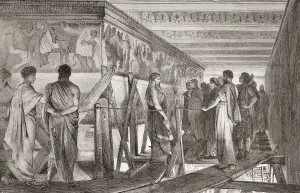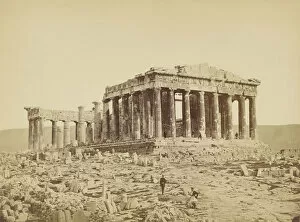Parthenon Collection (page 7)
The Parthenon, a symbol of ancient Athens and a testament to the grandeur of Greek architecture, stands proudly atop the Acropolis
All Professionally Made to Order for Quick Shipping
The Parthenon, a symbol of ancient Athens and a testament to the grandeur of Greek architecture, stands proudly atop the Acropolis. This magnificent temple was dedicated to the goddess Athena, with a colossal statue of her gracing its interior. The Parthenon marbles, intricately carved metopes depicting scenes from mythological battles, adorned its exterior walls. As you wander through this UNESCO World Heritage Site in Athens, Greece, it is impossible not to be awestruck by the sheer beauty and historical significance of the Parthenon. From every angle, it exudes an aura of power and majesty that transports you back in time. At nightfall, when darkness cloaks the city below, the Parthenon takes on an ethereal glow. Illuminated against a starry backdrop, it becomes even more enchanting – a true marvel that captivates all who behold it. For breathtaking panoramic views of this architectural wonder and its surrounding splendorous landscape head to Filopappos Hill. From there you can witness firsthand how seamlessly the Parthenon merges with nature; truly a sight to behold. Every intricate detail tells a story - each column meticulously crafted; every frieze carefully designed, and is as if time has stood still within these ancient walls; history preserved for generations to come. Visiting Greece would not be complete without experiencing the awe-inspiring presence of both The Parthenon and Acropolis, and are reminders of our rich cultural heritage and serve as constant reminders that greatness can stand tall throughout centuries gone by.



